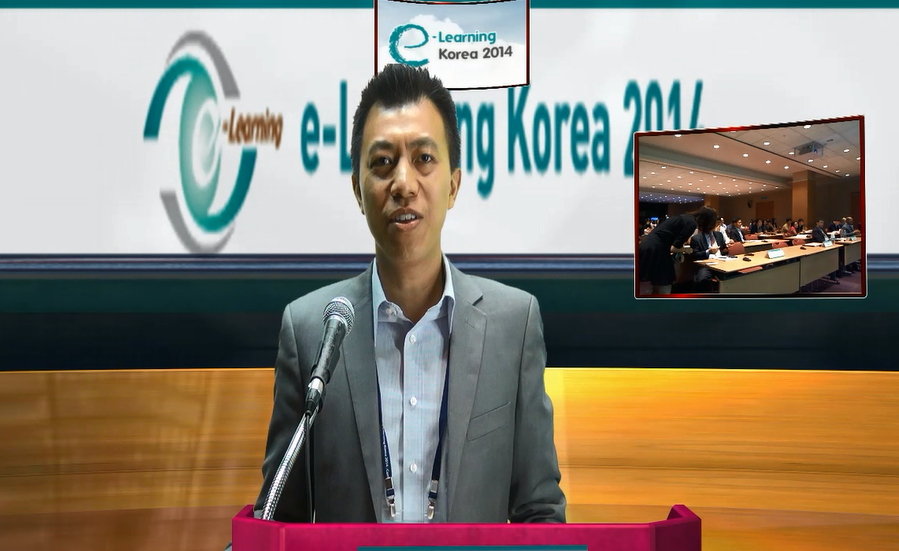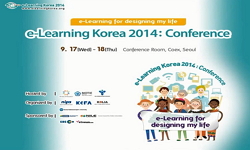The purpose of the study was to verify the effect of student-generated rubrics on learning motivation and academic achievement in technology education assessment of middle school. The independent variables were method of rubrics presentation, the leve...
http://chineseinput.net/에서 pinyin(병음)방식으로 중국어를 변환할 수 있습니다.
변환된 중국어를 복사하여 사용하시면 됩니다.
- 中文 을 입력하시려면 zhongwen을 입력하시고 space를누르시면됩니다.
- 北京 을 입력하시려면 beijing을 입력하시고 space를 누르시면 됩니다.

기술과 교육 평가에서 학습자 중심 루브릭이 학습동기 및 학업성취에 미치는 효과 = The Effect of Student-Generated Rubrics on Learning Motivation and Academic Achievement in Technology Education Assessment
한글로보기https://www.riss.kr/link?id=A105407054
- 저자
- 발행기관
- 학술지명
- 권호사항
-
발행연도
2005
-
작성언어
-
- 주제어
-
KDC
370.000
-
등재정보
KCI등재
-
자료형태
학술저널
- 발행기관 URL
-
수록면
33-49(17쪽)
- 제공처
- 소장기관
-
0
상세조회 -
0
다운로드
부가정보
다국어 초록 (Multilingual Abstract)
The purpose of the study was to verify the effect of student-generated rubrics on learning motivation and academic achievement in technology education assessment of middle school. The independent variables were method of rubrics presentation, the level of learning ability. The dependent variables were learning motivation and academic achievement. 3 classes of 2nd grade of middle school in Seoul were divided into two experimental groups and control group in order to reach the goal of this study.
The nonequivalent control group design model of quasi-experimental design was utilized for this experimental study. Performance of the experimental group 1 was evaluated using student-generated rubrics developed through negotiation between teacher and students. The experimental group 2 was lopsidedly presented the rubrics developed by experimental group 1 by their teacher to be evaluated. Performance of the control group was evaluated without any rubrics. This experiment was executed for 7 classes. The development of student-generated rubrics was executed in the first class. Making the arm of a robot, including designing a new thing and sketching were executed for 4 classes.
Descriptive statistics was used to know the trend of each group. The analysis of covariance(ANCOVA) was used to get the main effect and the interaction effect among groups due to learning ability level and sex difference.
Results of this study were as follows:
First, the student-generated rubrics through negotiation between teacher and students hada significant effect on learning motivation in technology education. Especially, this rubrics had positive effects on sub-elements; attention(A) and satisfaction(S), but it didn’t have positive effect on sub-elements; relevance(R), confidence(C).
Second, method of rubrics presentation depending on learning ability level had a significant effect on learning motivation. Especially, student-generated rubrics had an effect on learning motivation of students with lower learning ability. The result showed that learning ability and method of rubrics presentation had no interaction effect.
Third, method of rubrics presentation had a significant effect on academic achievement of task performance assessment. Especially, the method of rubrics presentation had significant effects on making area of task performance assessment, it didn’t have significant effects on design and sketching area.
Fourth, this study showed that middle and lower level students who used student-generated rubrics had higher academic achievement grades with regard to total academic achievement area, making area, and designing area, especially on lower level students. There was no interaction effect between method of rubrics presentation and academic ability, but there was interaction effect between them with making area.
Based on the result of this study, the following recommendations were suggested for future research:
First, teacher and students need to develop a rubrics through negotiation on performance criteria and its level before performance assessment in order to operate technology education class effectively.
Second, it is necessary to develop instructional strategy in using student-generated rubrics because it had a positive effect on learning motivation and academic achievement.
Third, rubrics need to be more detailed for performance task such as designing applied products and sketching that requires problem solving ability or high level of mental ability. Unless detailed rubrics can be presented, providing good or bad examples to students.
목차 (Table of Contents)
- Abstract
- Ⅰ. 서론
- Ⅱ. 이론적 배경
- Ⅲ. 연구방법
- Ⅳ. 연구의 결과
- Abstract
- Ⅰ. 서론
- Ⅱ. 이론적 배경
- Ⅲ. 연구방법
- Ⅳ. 연구의 결과
- Ⅴ. 결론 및 제언
- 참고문헌
동일학술지(권/호) 다른 논문
-
- 한국실과교육학회
- 김용익(Kim Yong Ik)
- 2005
- KCI등재
-
- 한국실과교육학회
- 김정원(Kim Jeong Weon)
- 2005
- KCI등재
-
- 한국실과교육학회
- 정진현(Jung Jin Hyun)
- 2005
- KCI등재
-
실과 교사교육 프로그램의 강의 주제와 계획의 표준안 및 교재 개발에 관한 연구
- 한국실과교육학회
- 전세경(Jeon Se Kyung)
- 2005
- KCI등재




 스콜라
스콜라







